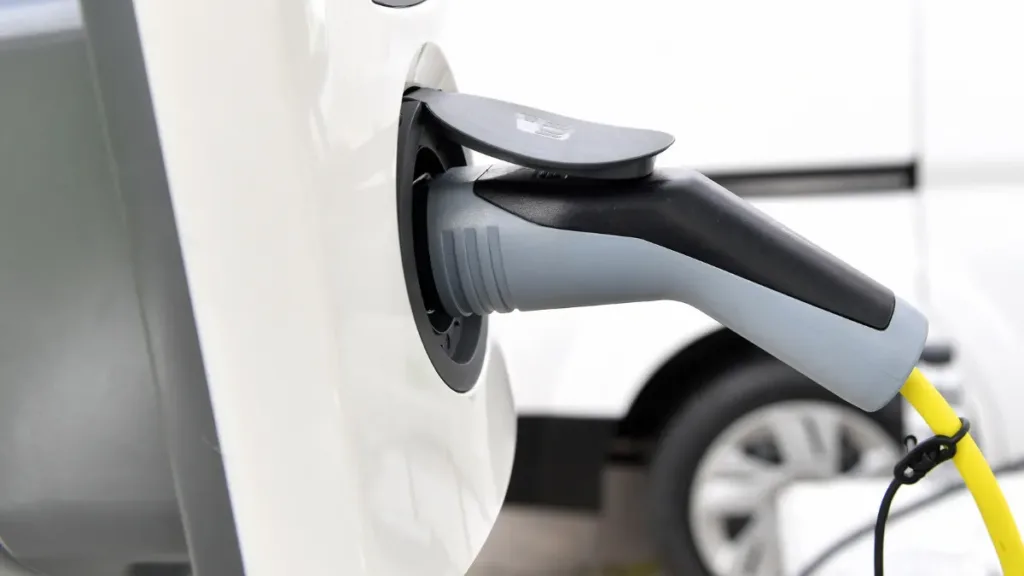
Table of Contents
For avid golfers and neighborhood cruisers alike, maintaining the health and charge of your golf cart batteries is crucial. A well-functioning battery charger ensures that your cart is always ready for action. However, many golf cart owners encounter charging issues that can be frustrating. This guide will walk you through the necessary steps to effectively check your golf cart battery charger, ensuring it functions as intended.
Understanding Your Golf Cart Charging System
Before you can effectively troubleshoot your golf cart’s charging issues, it’s important to understand the fundamentals of the charging system.
The Role of Lead-Acid Batteries
Most golf carts rely on a lead-acid battery system, similar to those found in automobiles. These batteries store electrical energy and require regular charging cycles to maintain their capacity and longevity. Understanding how these batteries work can help you identify issues early. Lead-acid batteries consist of plates submerged in an electrolyte solution, and they require careful maintenance to avoid sulfation and other common problems.
For more tips on maintaining your golf cart, visit our Golf Training Tips.
AC to DC Power Conversion
Your golf cart charger converts alternating current (AC) from your household outlet into direct current (DC), which is necessary for charging the batteries. This conversion process is crucial, as golf cart batteries require DC power to charge properly. Understanding this process helps in diagnosing issues related to power conversion failures, which can manifest as slow charging or no charging at all.
For additional insights into battery systems, check out the U.S. Department of Energy’s guide on energy storage.
Importance of Regular Maintenance
Regular maintenance of both the batteries and the charger is essential for optimal performance. This includes checking the water levels in the batteries, cleaning the terminals, and ensuring that the charger is functioning correctly. Neglecting these tasks can lead to reduced battery life and performance, ultimately causing charging issues.

Common Signs Your Golf Cart Isn’t Charging
Recognizing the symptoms of a faulty charging system can save you time and extend the life of your golf cart’s batteries. Here are several signs to watch for:
- The Cart Won’t Start: This is the most apparent sign of a problem. If your cart refuses to start despite being plugged in, there could be a malfunction in the charging system.
- Dimming Lights: Dimming or flickering lights can indicate that the batteries aren’t receiving sufficient charge.
- Unusual Noises: Listen for unexpected buzzing or humming sounds from the charger during operation.
- No Charging Indicator: If the charger’s indicator light is off or flashing irregularly, it might indicate a malfunction.
For troubleshooting tips, visit our FAQs section.
How to Check Golf Cart Battery Charger
Conducting a thorough check of your golf cart battery charger involves several steps. Each step is designed to identify specific issues that could be affecting the charger’s performance.
Step 1: Safety First
Safety should be your top priority when working with electrical equipment. Before testing your charger, equip yourself with insulated gloves and safety goggles. These protective measures safeguard against potential electric shocks or splatters from battery acid.
- Insulated Gloves: Protect your hands from accidental electric shocks.
- Safety Goggles: Prevent injury from potential sparks or chemical splashes.
For more safety tips, review our Disclaimer.
Step 2: Inspect the Charger
Begin your inspection with a thorough visual check of the charger’s physical condition.
- Check for Visible Damage: Look for frayed wires, cracked casings, or burn marks.
- Smell for Burnt Odors: A burnt smell can indicate overheating or short circuits.
- Examine the Cooling System: Ensure the cooling fan is free of dust and debris.
Step 3: Check the Power Source
Verify that the charger is receiving power from the outlet.
- Test the Outlet: Use another device to check that the outlet is functioning properly.
- Check the Circuit Breaker: Ensure the circuit breaker or fuse hasn’t tripped.
- Try a Different Socket: Rule out outlet issues by testing another socket.
Step 4: Test the Charger Output
A multimeter is an essential tool for testing the charger’s output.
- Using a Multimeter: Set the multimeter to measure DC voltage and connect it to the charger’s output terminals.
- Analyze the Voltage Reading: Compare the reading to the charger’s specified voltage rating.
- Check for Consistency: Ensure the voltage remains stable during the test.
For high-quality tools, explore our Puttace Tour Grade Home Putting Mat.
Step 5: Check the Charger Indicator Light
The indicator light provides valuable information about the charger’s status.
- Understand the Light Signals: Refer to the manufacturer’s manual for interpretation.
- Test the Indicator Circuit: Check the wiring and connections leading to the indicator.
- Replace if Necessary: Faulty indicator lights should be replaced promptly.
Troubleshooting Common Golf Cart Charger Problems
Even with regular maintenance, issues can arise. Here are some common problems and how to address them:
Problem 1: Charger Doesn’t Turn On
- Verify Power Supply: Ensure the charger is plugged into a functioning outlet.
- Inspect the Power Cord: Look for cuts or exposed wires.
- Check the Internal Fuse: Replace a blown fuse if necessary.
Problem 2: Charger Turns On But Doesn’t Charge
- Inspect Battery Connections: Check for corrosion or damage.
- Clean the Terminals: Use a wire brush to ensure a secure connection.
- Test the Battery Condition: Ensure the battery can accept a charge.
Problem 3: Charger Overheats
- Ensure Proper Ventilation: Place the charger in a well-ventilated area.
- Check for Internal Faults: Inspect the fan and other components.
- Consider Replacement: Persistent overheating may require a new charger.
When to Replace Your Golf Cart Charger
If troubleshooting doesn’t resolve the issues, it may be necessary to replace the charger.
- Recognizing the Signs of Wear and Tear: Look for reduced efficiency or physical damage.
- Evaluating Cost vs. Repair: Compare repair costs to the price of a new charger.
- Upgrading to New Technology: Newer models are often more efficient and reliable.
For more buying advice, visit our Buying Guides.

Final Thoughts
Consistent maintenance and regular checks of your golf cart battery charger are crucial in preventing many common issues. By following the steps outlined in this guide, you can keep your golf cart batteries charged and ready for use whenever you need them.
- Emphasizing Regular Checks: Catch minor issues early to prevent major problems.
- Consulting Professionals: Seek expert advice when uncertain.
- Ensuring Reliability: Maintain your charger for uninterrupted rides.
For more resources, visit our Blog or explore how much golf carts weigh and building a golf course.




